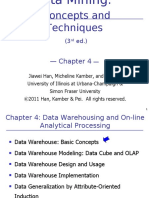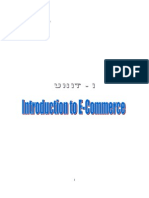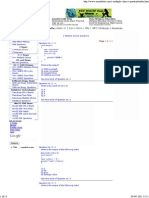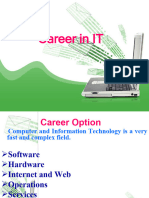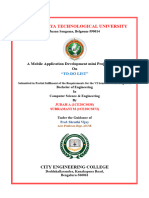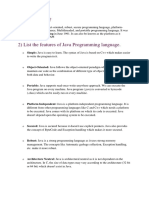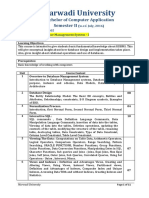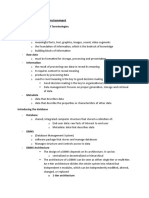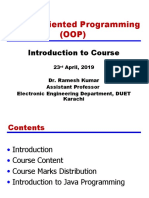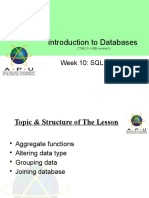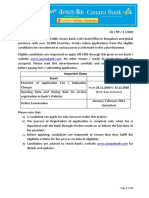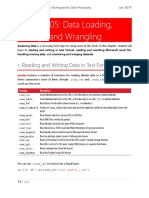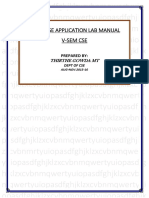0% found this document useful (0 votes)
72 views16 pagesDatabases Intro
This document provides an overview of database concepts and OpenOffice databases. It discusses database fundamentals like what a database is, examples of databases, database management systems, database servers, flat file and relational databases. It also covers relational database management systems, data organization in databases, advantages of databases, and commonly used database software like Microsoft Access, OpenOffice Base, MySQL and Oracle.
Uploaded by
Jaskiran KaurCopyright
© © All Rights Reserved
We take content rights seriously. If you suspect this is your content, claim it here.
Available Formats
Download as PDF, TXT or read online on Scribd
0% found this document useful (0 votes)
72 views16 pagesDatabases Intro
This document provides an overview of database concepts and OpenOffice databases. It discusses database fundamentals like what a database is, examples of databases, database management systems, database servers, flat file and relational databases. It also covers relational database management systems, data organization in databases, advantages of databases, and commonly used database software like Microsoft Access, OpenOffice Base, MySQL and Oracle.
Uploaded by
Jaskiran KaurCopyright
© © All Rights Reserved
We take content rights seriously. If you suspect this is your content, claim it here.
Available Formats
Download as PDF, TXT or read online on Scribd
/ 16












